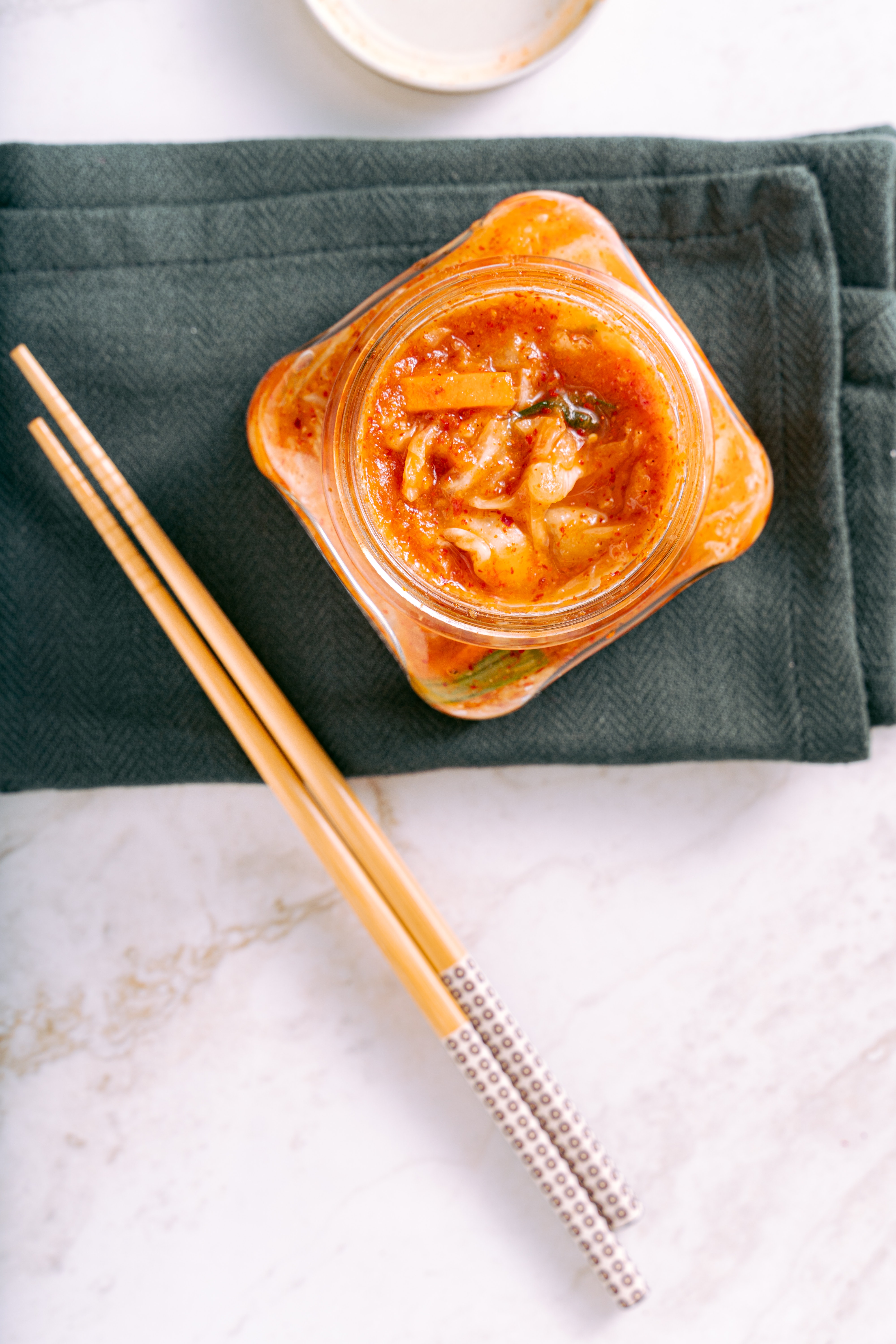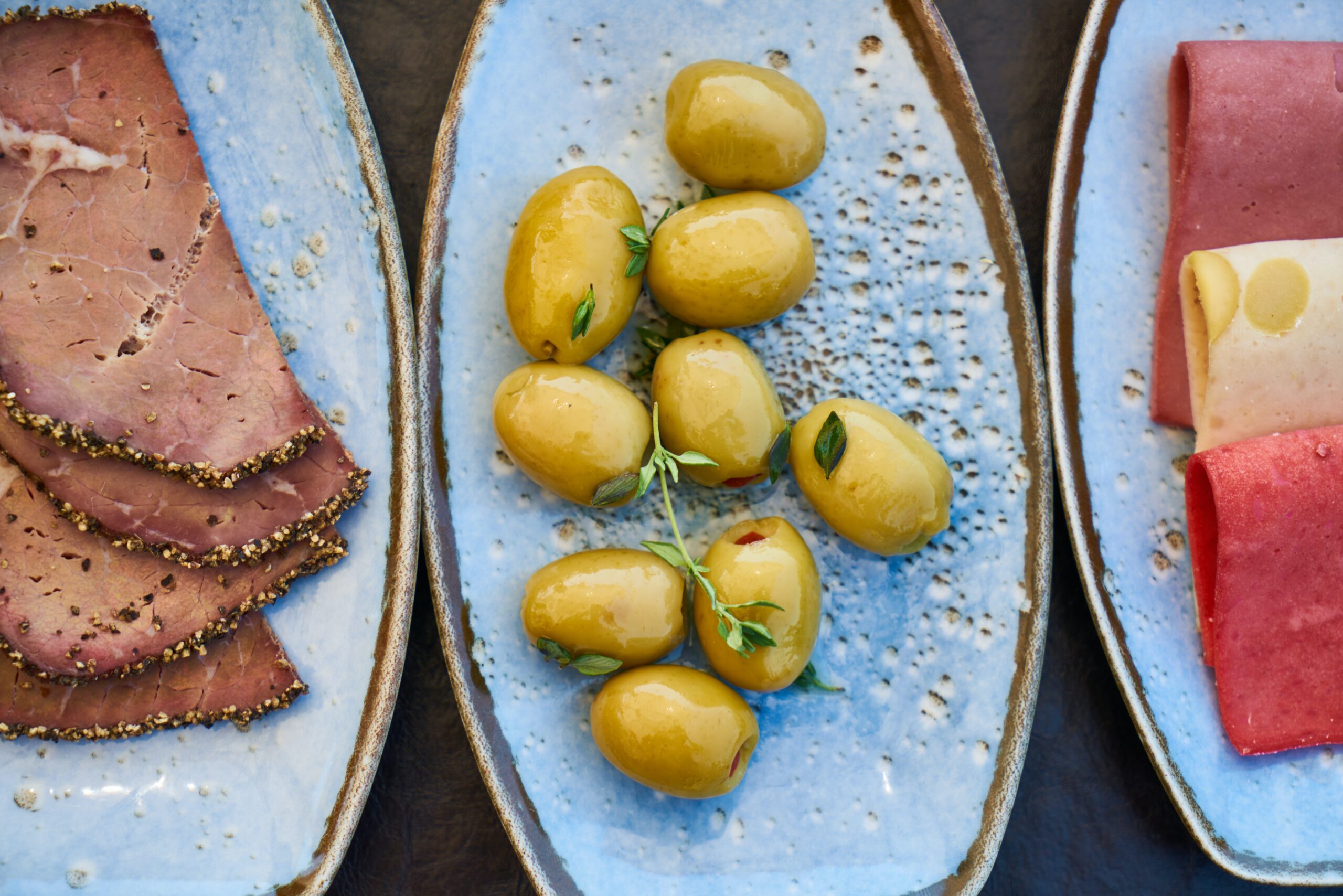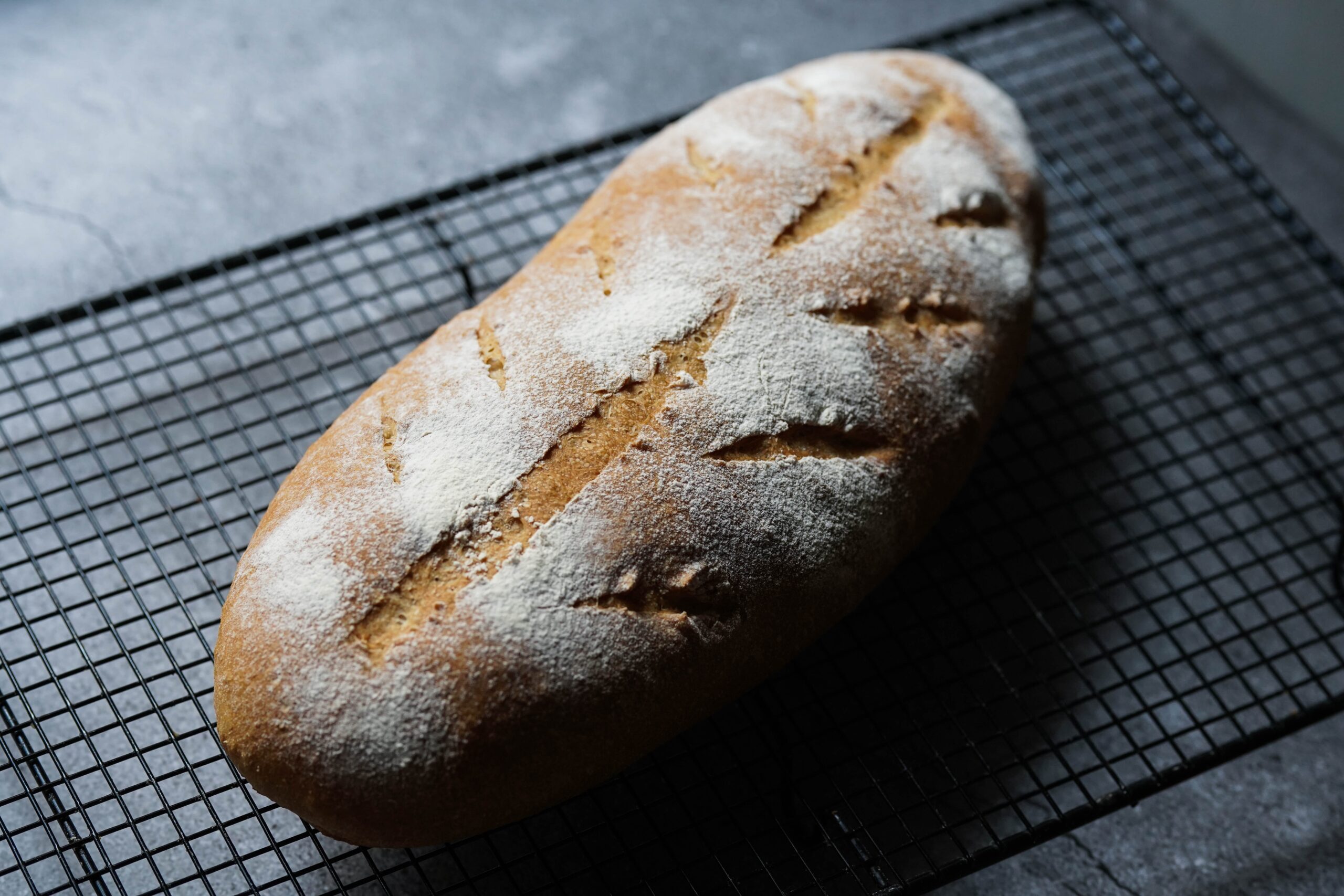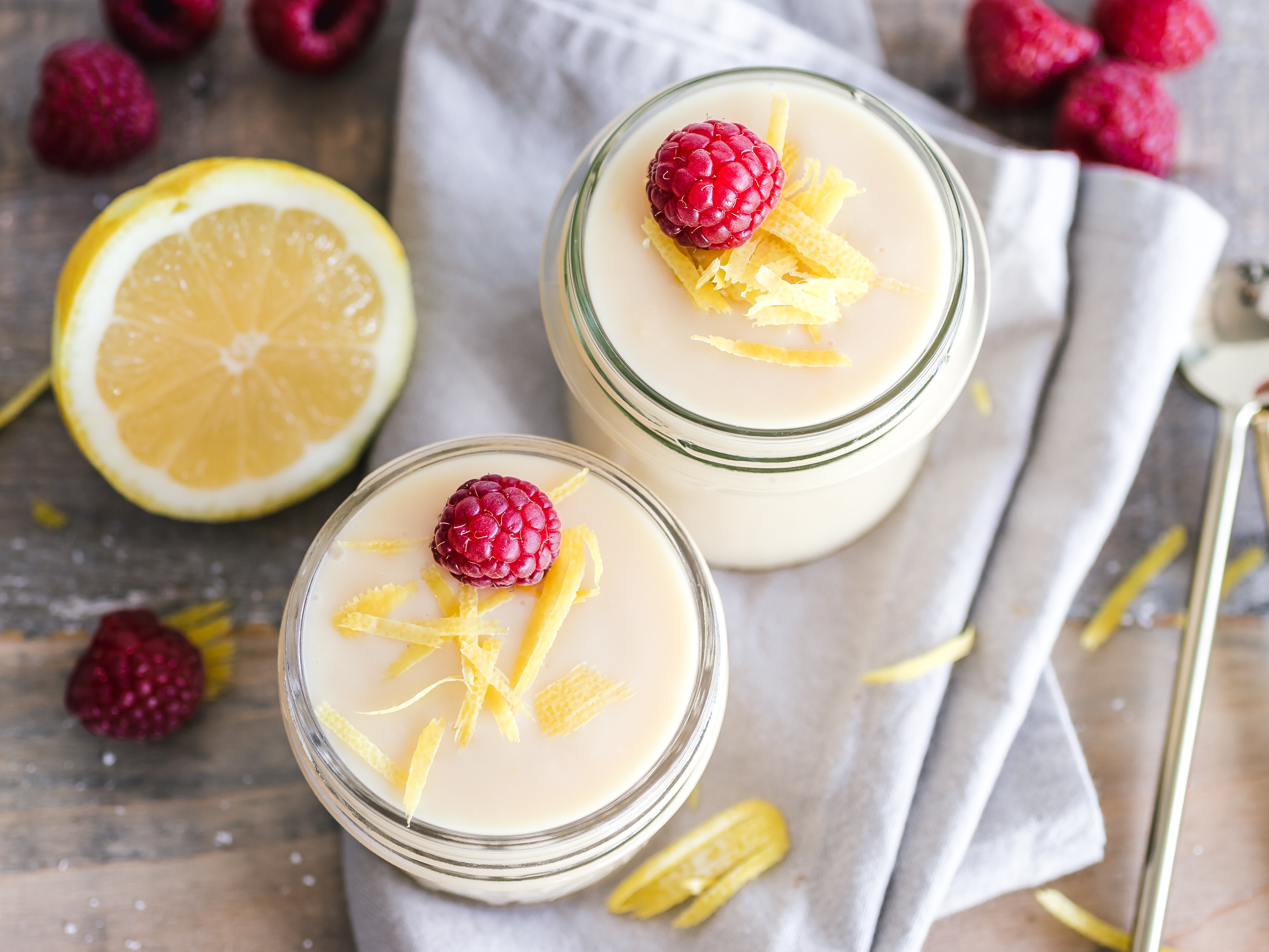
They don’t call it a “second brain” for nothing. The gut “microbiome” is the gateway for essential functions in your body. They take in and process nutrients, and protect your body from diseases. From your nervous and immune systems to your mental health and digestive function, a healthy gut plays a crucial role in your overall well-being.
A healthy gut needs regular serving of probiotics, live microorganisms touted for their digestive health benefits. They are found in yogurt and other fermented foods, beverages containing live good bacteria, and even sold as dietary supplements. The good news is, probiotics are everywhere lately. More and more brands have integrated microorganisms into their products – from protein bars to bottled water, making it easier now to incorporate probiotics into your diet.
If a healthy gut is one of your health goals this year, doctors advise you to minimize processed food as much as you can. Instead, fill up on fiber-rich fruits and vegetables, and consider adding probiotics to your everyday meals. Here’s how:

Start small
When you’re starting out, you don’t need to go big or go all out. Start with small things, such as adding a scoop of yogurt to your breakfast, or swapping your one glass of milk with kefir (a fermented milk drink, cultured from kefir grains). Start with dressings and sauces, such as whipping in yogurt for a salad ranch dressing (like this recipe).
Use probiotics in their natural state (don’t cook them)
Probiotics are best consumed in their live or raw form. This means cooking can cancel out the good stuff. So always remember to add probiotic ingredients “later”, after you’ve cooked the base of your meal. Only add the probiotics once the food is cool enough to eat. Some examples of these probiotic ingredients are yogurt, sauerkraut, pickles, kimchi or miso.

Make a probiotic parfait for breakfast
A probiotic parfait makes for a perfect breakfast treat, and so easy to prepare too. Do this by topping a breakfast bowl with yogurt, your favorite granola, and some antioxidant-rich berries like the vibrantly-red goji berries.
(ALSO READ: The Top 10 Incredible Benefits of Goji Berries)
Here’s a tip by Stefani Sassos, a registered dietitian from New York City: prepare your parfait the night before for your convenience. She starts with her favorite Greek yogurt, two tablespoons of organic granola, then top it off with frozen organic berries. She places it on the fridge so that the next morning, the berries are already defrosted.
Add fermented vegetables to your meals
The word’s out on fermented vegetables. Not only are they so easy to slip in your everyday meals, they’re vibrantly delicious too. Fermented vegetables undergo a lacto-fermentation process, which extends their shelf life, thereby populating it with healthy bacteria. Here are some wonderful ways to add fermented vegetables to your meals, according to Allrecipes.
- Add sauerkraut or kimchi to your breakfast burritos.
- Place a few pieces of kimchi on your grilled cheese sandwich.
- Add spoonfuls of kimchi or fermented veggies to your rice bowls.
- Make kimchi rice.

Eat olives
Yes, olives are a fermented food, and undeniably delicious (though some remain averse to its taste). But there are ways to enjoy olives, such as partaking them in a charcuterie board, savoring it as a martini garnish, or relishing them in a tomato and olive pasta (just don’t cook them the olives so the beneficial bacteria remain). Plus, Italian health experts have found that Sicilian green olives can almost act like an antioxidant when eaten regularly, thus reducing inflammation.
Add kefir to your smoothies
Add those gut-healthy goodies to your nutrient-rich smoothie by simply adding a few spoonfuls of kefir. Sassos recommends adding 4 ounces of it with your breakfast. And choose plain kefir as much as possible, she advises. Be careful of the flavored ones that have added sugar.
A splash of kombucha
Kombucha is a black or green tea drink, fermented by a friendly colony of bacteria and yeast. Not only is it good for your gut, you’ll also get antioxidant properties from the tea too. Swap this refreshing probiotic drink for your afternoon coffee or happy cocktail hour. Disclaimer: if you’re pregnant, it’s best to lay off the kombucha for the meantime.
Slurp some miso soup
If you love Japanese food, and have been enjoying a bowl of miso soup every time you dine out, you’re in luck. With miso, a little goes a long way. Miso is rich in probiotics, which help the body maintain healthy bacteria levels. These bacteria also contribute to digestive health, reducing gas, diarrhea, bloating, and constipation.
Not dining out? You can easily make this at home with hot water and some miso paste. Just remember to add the miso paste before serving to avoid killing the probiotics.

Take a bite of sourdough bread
Sourdough is having its moment in the culinary world. There’s a proliferation of brunch places serving sourdough toasts everywhere in the world. Though in its starter form, sourdough contains gut-healthy probiotics, the bacteria do not survive the baking process. However, according to the New York Times, sourdough still retains its gut-healthy prebiotics. So go ahead, and grab that sourdough bread from the bakery.
Don’t worry about eating too many
When it comes to probiotics, you can never have too much of it. But as much as possible, incorporate a variety of probiotics in your diet; probiotics come in many different strains. With gut health, the more variety of good bacteria, the better.
(ALSO READ: Best Foods For a Healthy Gut)
The bottom line
Because 70% of our immune system is located in the gut, consciously taking probiotics regularly is one of the key strategies for maintaining overall health and well-being. The best part is, probiotic-rich food tastes delicious, and so easy to incorporate into one’s daily diet. So go ahead, grab a probiotic product from the grocery aisles, pick them out in the restaurant menus, and learn to cook food that goes well with a probiotic-rich ingredient. Your immune system will thank you.
Tags
References:
https://www.glam.com/1116285/how-to-seamlessly-add-probiotics-into-your-diet/https://www.everydayhealth.com/diet-and-nutrition/diet/ways-eat-more-probiotics-everyday/https://www.womenshealthmag.com/food/a19927568/foods-high-in-probiotics/https://thethirty.whowhatwear.com/how-to-incorporate-probiotics-into-diet/slide15https://www.nccih.nih.gov/health/probiotics-what-you-need-to-knowhttps://www.vogue.com/article/gut-digestive-health-best-expert-tips-nutritious-life-diet-sleep-stress-exercise-cleansehttps://www.foodnetwork.com/healthyeats/healthy-tips/2017/05/5-easy-ways-to-eat-probiotics-like-a-prohttps://www.tastingtable.com/1111726/does-sourdough-bread-contain-probiotics/



0 Comments